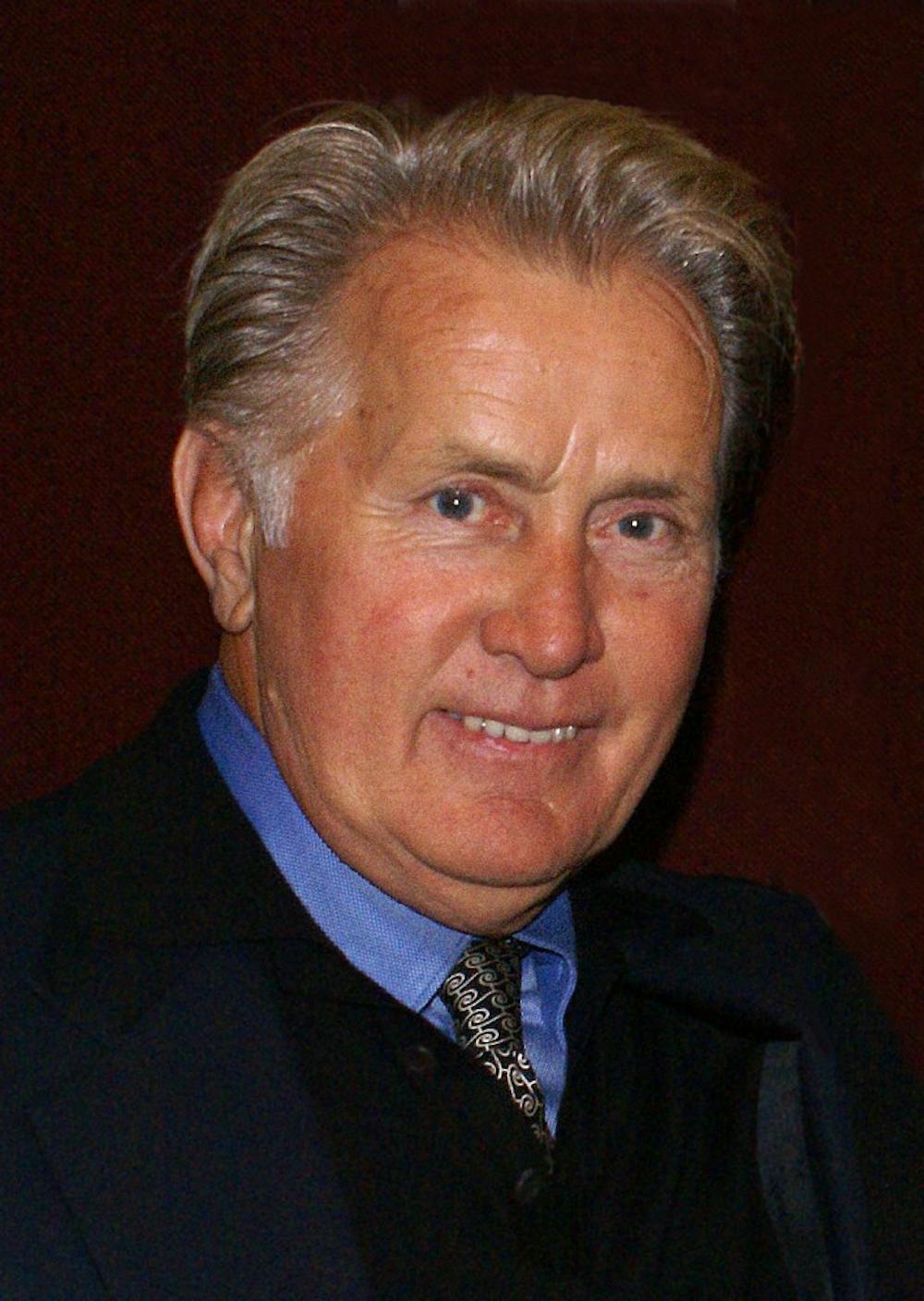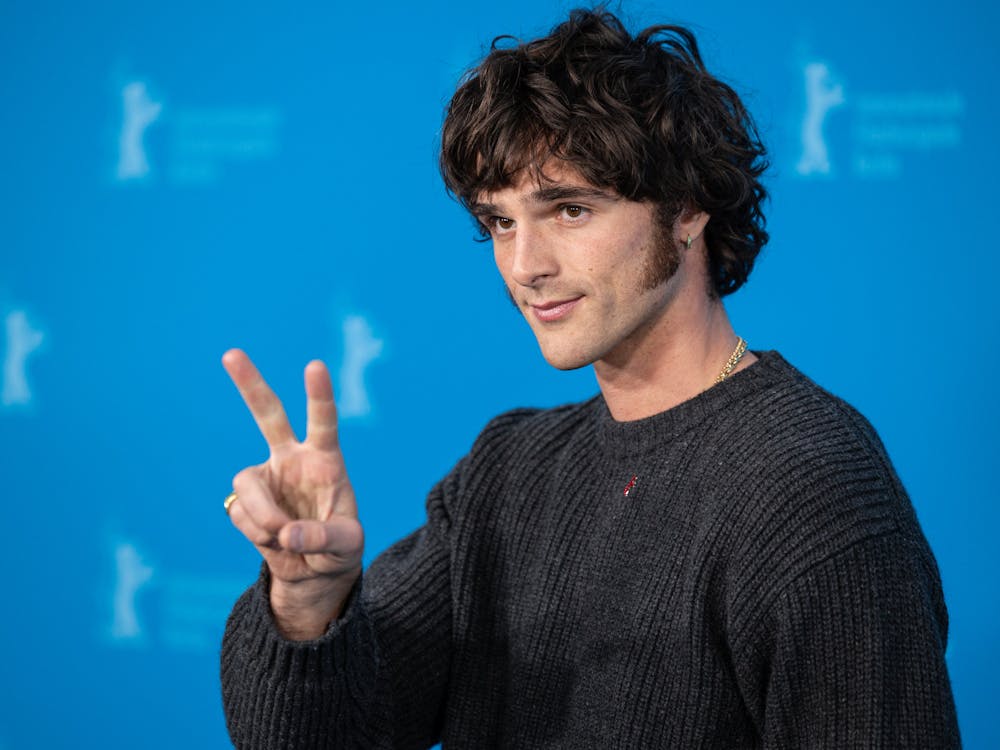A quintessential part of the American dream is our unyielding belief that with enough determination, we can make something out of nothing. It was the dogma behind con men, investors, entrepreneurs and pilgrims. Even though that fantasy is no longer true for most people, the possibility that someday our lives will change for the better has never left us.
It is this possibility that animates the main character of Badlands, the first of many films made by Terrence Malick about American life. It screened at the SNF Parkway Theatre on Friday, March 8. The film is about a drifter named Kit, played by Martin Sheen, with a James Dean fetish probably as passé in the film’s 1950s setting as the Harlem Shake is now. During a brief stint working jobs in a small town, he meets a high school girl named Holly (Sissy Spacek), who he immediately decides will be his girl and will stop at nothing to get her. He concocts a plan to steal her from her father, and in the process he sets off a chain of murders that sends them fleeing into the wild landscape of America. They travel from an elaborate paradise, then past farms and shacks, then finally into the titular Badlands, where the earth is flat and barren, and the sky swallows our protagonists and their fairytale fantasy.
One has to wonder how people would have reacted to this movie in the ‘70s when it was released. All of the story’s thrills are quintessentially American: the wide open landscape, the edge between criminal and citizen, and the belief that even without money or resources, you can make a life of your own, as you want it. These were the ideals of the classic Westerns, of the rugged, individualistic men who captured the West and brought civilization screaming to it. These were the same ideals that brought families to inauspicious lands in the Midwest, all because it was free and contained the faint promise of a better life.
By the time of Badlands’ release, that dream seemed all too much like an illusion. The land had been stripped of its grandeur, creating suburbia and its rigid, predetermined lifestyles. Those rugged men, who once wrangled civilization, were no longer needed.
Not that the main characters are anything like those people. In his role, Martin Sheen is purposely dull and emotionless. He never reacts when he kills somebody and always has a banal answer to every question. He emulates James Dean in posture only, without the inner life to match. In her role, Sissy Spacek is too naive to see the lies Sheen trots out before her, her own romantic conception of a life more romantic blinding her, but she is no less fantastical than him. Despite their naivety, they believe they can make a break from the law and live secluded lives in the lands. What’s to say that with a couple gallons of gasoline and a gun they couldn’t do it better than their ancestors?
That land is the film’s secret third character, a harsh landscape where the only shelter Holly and Kit have is their car, and where food is sparse and must be stolen from towns dotted miles away from each other. Though the land may be rough, the camera captures it beautifully, contrasting the reddish browns of the earth against the gaping blue sky. In his later films, like The Tree of Life or Knight of Cups, Malick’s camera would only become more untethered from reality, but his light remained the same: soft, yet lucid and awake. The light is radiant in what is probably the film’s most famous shot: a dimming sunset over the desiccated badlands as Sheen and Spacek dance purposelessly to Nat King Cole’s “A Blossom Fell.” As you see the sun fall below the horizon, you feel their dream ending with them.
As with many of Malick’s films, Badlands won’t be for everyone. Holly and Kit’s capture is a predetermined conclusion, their trail of violence making them too big a threat even for the empty wastes they wander. Much of the film is a tone piece, a big heaping sigh for a land once lost and the hope that accompanied that. Its trade is visuals rather than plot, and its characters will often bore you to death. But even in a dead land, there’s always a certain magic to the sun lighting up a purple sky.





